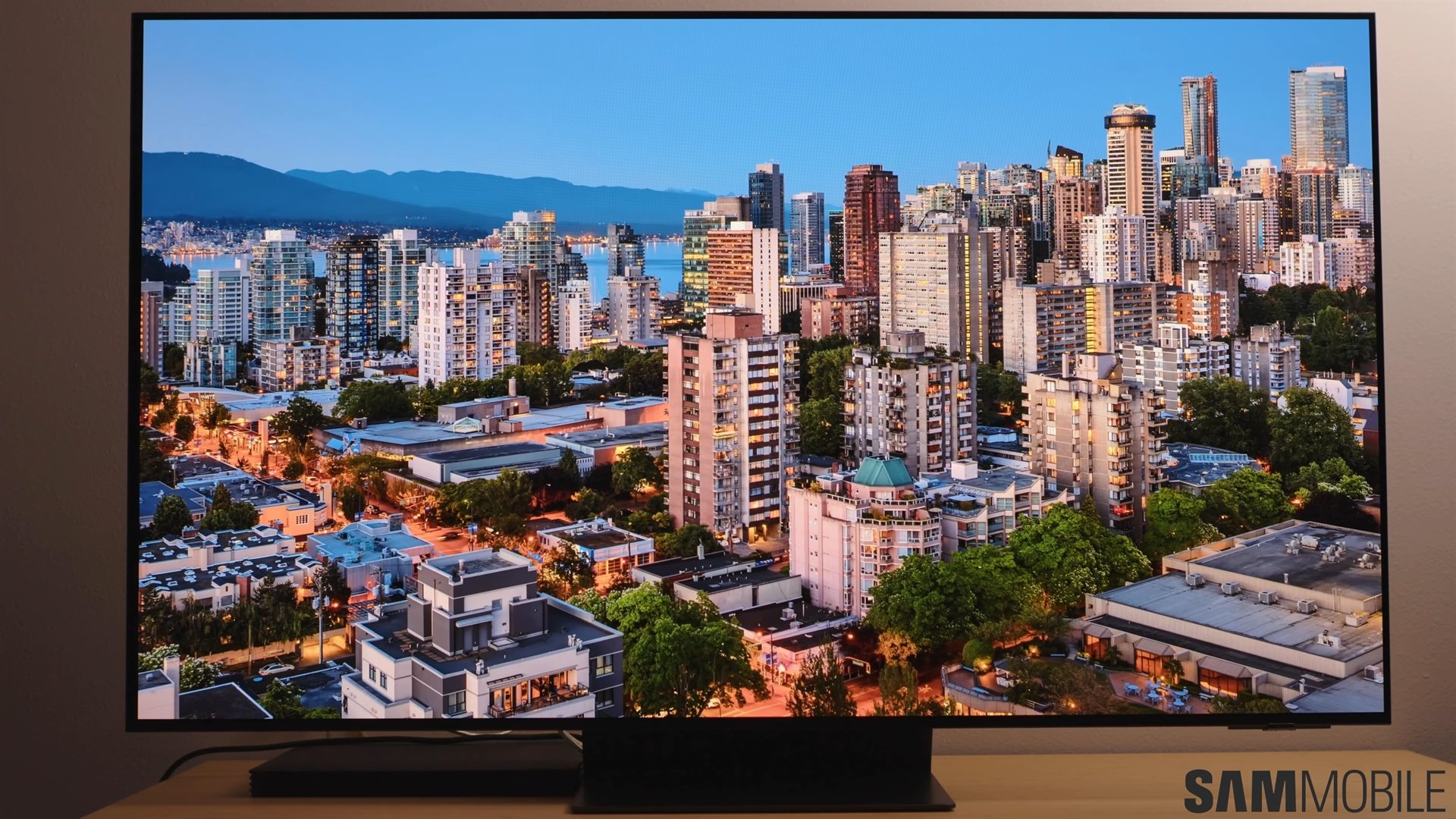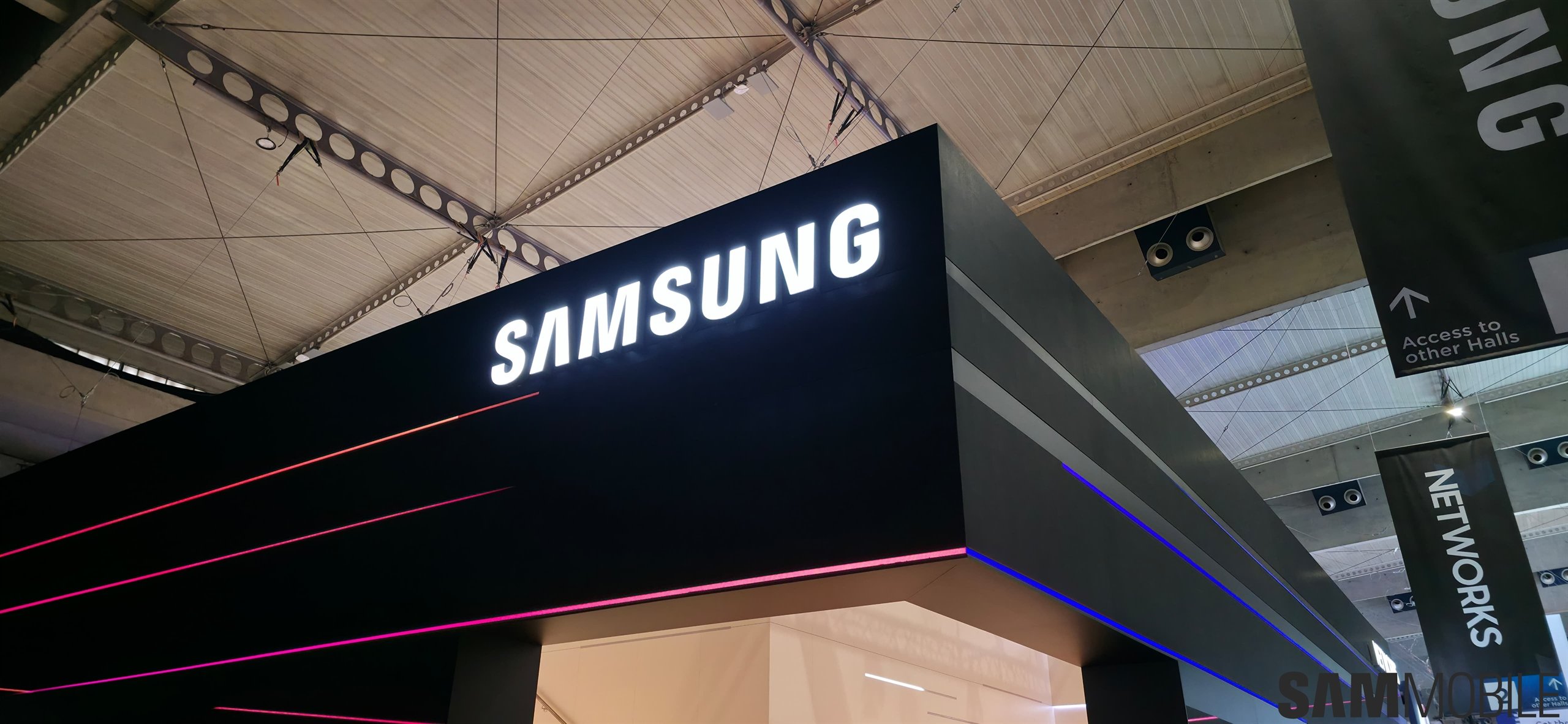
New information has emerged from South Korea, based on local new reports, that puts into perspective just how dire the situation is. Even though the company has improved yields considerably for its first-generation 3nm process, yields for the 2nd-generation 3nm GAA process are at a third of its initial target.
Samsung is now focusing on the 2nm process
Samsung had reportedly set an internal yield target of 70% for its first and second-generation 3nm GAA node. While they were low initially, the yields for the first-generation SF3E-3GAE process have since improved and now range between 50-60%.
However, the time it has taken to achieve the improvement has likely cost the foundry billions in lost orders. Samsung began manufacturing chips on the 3nm process back in 2022 and yet the struggles have continued.
The situation is particularly bad for the second-generation 3nm process. They're said to be at 20%, less than a third of what Samsung had been aiming for. No wonder potential customers have had no other option but to go TSMC's way, as its dependable yields on the 3nm process provide the only real alternative.
This ship has sailed and Samsung has seen the writing on the wall. Perhaps that's why the company is diverting resources to focus on the 2nm process now, hoping to learn and rectify the mistakes that cost it valuable business. Earlier reports have suggested that Samsung plans to start manufacturing 2nm GAA chips in 2025.


















